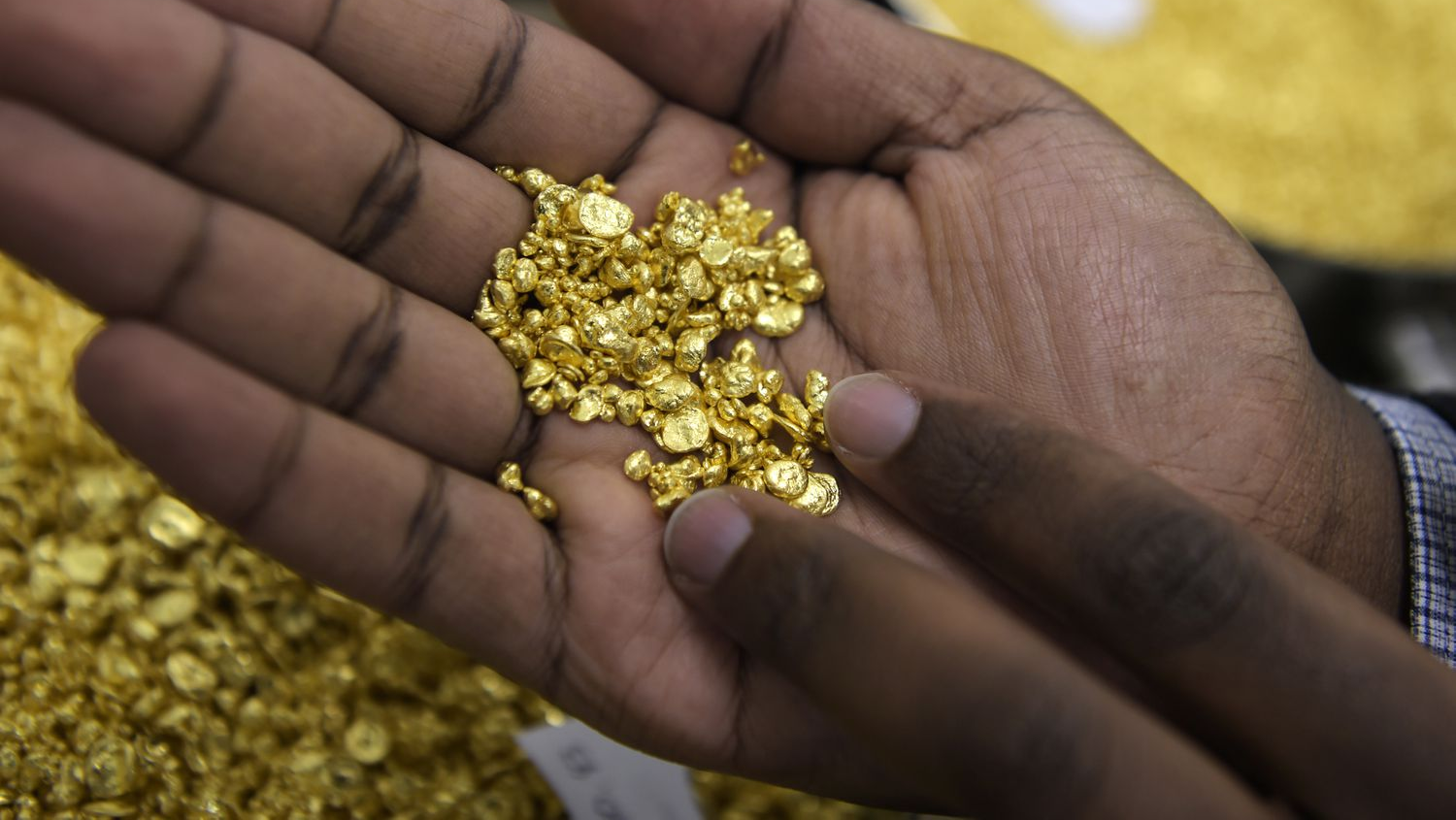Now Reading: Investing in Precious Metals: 5 Smart Reasons to Start Today
-
01
Investing in Precious Metals: 5 Smart Reasons to Start Today
Investing in Precious Metals: 5 Smart Reasons to Start Today

Table of Contents
In an uncertain global economy, more people are turning to precious metals like gold, silver, platinum, and palladium as a safe and smart way to invest their money. From inflation to market crashes, precious metals have stood the test of time, offering protection and stability when other investments fail.
Why Precious Metals Matter in Today’s Economy
The world is facing rising inflation, currency fluctuations, and geopolitical tensions. In such times, traditional investment options like stocks, bonds, and real estate may not offer the security investors seek. That’s where precious come in.
Gold and silver have been used as stores of value for thousands of years. Their limited supply and universal demand make them less volatile than stocks and more reliable than currency.
Financial experts consider precious metals as “safe-haven” assets. This means they hold or even gain value during times of financial uncertainty.
The Most Popular Precious Metals for Investment
Let’s look at the four most commonly traded precious metals:
1. Gold
Gold is the most popular for investment. It is highly liquid, meaning it can easily be bought or sold. Central banks and governments hold large reserves of gold because it holds its value over time.
Gold is often seen as a hedge against inflation and currency devaluation. When the stock market is unstable, gold prices usually go up.
2. Silver
Silver is more affordable than gold, making it a great choice for small investors. It is used widely in industries such as electronics, solar energy, and medicine.
While silver can be more volatile than gold, it often follows the same trend. Many investors buy silver as a low-cost way to diversify their portfolios.
3. Platinum
Platinum is rarer than gold and silver and is mainly used in the automotive and jewelry industries. It can be more volatile due to its reliance on industrial demand.
However, its limited supply and use in emerging green technologies make it a promising long-term investment.
4. Palladium
Palladium is lesser-known but has gained attention for its rising demand in the car industry, especially in catalytic converters that reduce emissions.
Its price has surged in recent years, and investors are increasingly looking at it as a high-reward option.
How to Invest in Precious Metals
There are several ways to add precious metals to your investment portfolio:
Physical Bullion
Buying physical gold and silver in the form of bars or coins is the most direct way to invest. You own the metal outright, which provides full control.
However, you need a secure storage solution, and buying/selling may include premiums.
Exchange-Traded Funds (ETFs)
Precious metal ETFs are investment funds that hold physical metals or track their price. They offer the benefit of trading like stocks, without the need to store physical metal.
ETFs are a convenient and low-cost way to gain exposure to metal prices.
Mining Stocks
Investing in companies that mine precious metals is another way to benefit. These stocks may offer higher returns, but they also carry higher risks based on company performance.
Mutual Funds and Index Funds
Some mutual funds and index funds focus on mining companies or commodities, offering diversification and professional management.
Futures and Options
These are advanced financial instruments used to speculate on metal prices. They are risky and not recommended for beginners.
Pros of Investing in Precious Metals
- Hedge Against Inflation: When prices rise, metal values usually increase too.
- Safe Haven in Crisis: They hold value during economic downturns or war.
- Tangible Asset: Unlike stocks or crypto, metals can be physically owned.
- No Credit Risk: Gold and silver are no one’s liability.
Cons to Consider
- No Passive Income: Precious metals don’t generate dividends or interest.
- Storage and Insurance: Physical metals require safekeeping, which can add costs.
- Price Volatility: Prices can fluctuate due to supply and demand or global trends.
- Liquidity Issues: Physical metals can take time to sell at market value.
Is It a Good Time to Invest Now?
With inflation still high in many parts of the world and global tensions increasing, experts say this is a good time to consider adding precious metals to your investment mix.
While no investment is risk-free, the long history of gold and silver as stores of value makes them a wise choice for balancing modern portfolios.
According to a recent report by the World Gold Council, central banks increased their gold purchases by over 1,000 tonnes in 2023 alone a sign that large financial institutions see metals as reliable assets.
Tips for First-Time Investors
- Start Small: Begin with silver or gold coins.
- Diversify: Don’t put all your money into one metal or method.
- Research Sellers: Always buy from trusted dealers.
- Stay Updated: Follow market news and global economic trends.
Final Thoughts
Investing in precious metals isn’t about chasing fast profits. It’s about protecting your wealth and planning for long-term security. Whether you’re preparing for retirement, a possible recession, or just looking for stability, gold, silver, platinum, and palladium can provide a strong financial foundation.
Read More:- Deyaar’s Latest Announcement Shakes Up the UAE Property Market






















